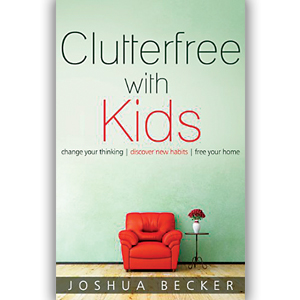Raising Resilient Children
Shortly after college, I taught at an elementary school in Washington, DC. I used to work as an English tutor on the side to make extra money. A fellow teacher hooked me up with a wealthy Italian family, whose fifth grade son needed help with his second language. He was a twin, whose sister was an excellent student, but he struggled in school due to a learning disability. Anyone who’s familiar with learning difficulties knows that they are in no way an indication of one’s intelligence. This boy was a gifted artist; with each passing week, his creations grew more and more impressive. He’d mastered this roller coaster computer program while I’d barely gotten the hang of sending emails. His spatial intelligence was incredible.
But he hated language arts. He kept an alarm clock on his desk so he wouldn’t have to work with me a minute longer than required. While I’m by no means an ogre, I couldn’t blame him. He’d come home from school feeling dejected and then he’d toil away with me three afternoons a week. I tried to convince his parents to cut back on my visits. I thought he’d benefit more from an art class. It’d be an opportunity not only to boost his confidence but also hone his skills. But they resisted. No matter what argument I gave, they insisted he needed to fix his weakness instead of developing his strength.
While my early twenties feel like another lifetime ago, I couldn’t help but think of this little boy when I read in the preface to Raising Resilient Children: Fostering Strength, Hope and Optimism in Your Child by Robert Brooks and Sam Goldstein. They “now believe that our highest goal is to improve the future of all children by identifying and harnessing their strengths”. The authors claim the deficit model, in other words parents and therapists focusing on fixing a child’s problem, may be easy to understand but it isn’t actually getting the job done. “Symptom relief has simply not been found to be synonymous with changing long-term outcome.”
What Brooks and Goldstein are offering parents, instead, are ten guideposts for helping parents to give their children the ability to cope with and handle adversity.
1. Teach and convey empathy.
2. Listen, learn, and influence in order to communicate effectively.
3. To change your words of parenting, rewrite your negative scripts.
4. Find ways to love your children that help them feel special and appreciated.
5. Accept your children for who they are, and help them set realistic expectations and goals.
6. Nurture islands of competence; every child must experience success.
7. Mistakes are teachable moments.
8. Help your child develop responsibility, compassion, and a social conscience.
9. Teach and emphasize the importance of solving problems and making choices and decisions.
10. Discipline in ways that promote self-discipline and self-worth.
I remember going to my oldest daughter’s preschool conference and her teacher telling me how much Annabelle enjoyed her life. Three years have passed and she still embodies the saying on her favorite T-shirt: Lovin’ Life. She hates missing school and loves playing with friends. She excels in art and math and she’s doesn’t easily back down from a challenge. I’m hoping Raising Resilient Children will help me keep it that way.
My younger daughter, on the other hand, often complains about life being hard. She’s forever trying to keep up with her big sister and coming up short. Her frustration breaks my heart because Lily’s gifted with words and music, and yet her happy melodies do not fill our house as much as I would like. So I’m looking to Raising Resilient Children to help me build up her confidence so she’ll recognize all that she can do.
I’m hoping this book can be both things to both children, but that remains to be seen. I guess I’ll read and find out.






